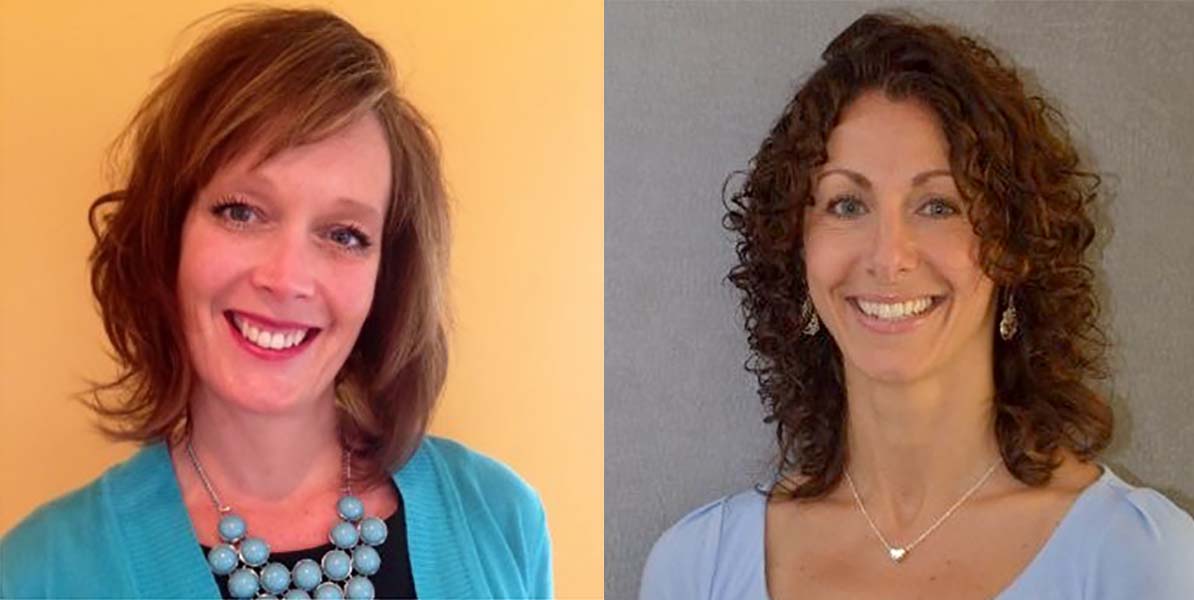SMTA’s Additive Electronics Conference – An Interview with the Co-Chairs

Following the announcement of SMTA’s Additive Electronics Conference in San Jose this October, I reached out to the organization and specifically the co-chairs of the event, Tara Dunn of Omni PCB and Lenora Clark of MacDermind Enthone to gain a little more insight. Here’s what they had to say about the event, scheduled for October 24 – 25, 2019 at the DoubleTree by Hilton San Jose.
Tara and Lenora, you are co-chairs of the upcoming SMTA conference on Additive Electronics, an exciting and leading edge topic, what made you and SMTA decide this was a good topic for a conference?
Tara Dunn and Lenora Clark:This was an industry request determined through feedback from both the local chapter level meetings and our main SMTA International conference. It is a topic essentially requested by the market.
What are the key ingredient technologies driving the use of additive electronics?
Tara and Lenora:For miniaturization, additive allows for very fine features and better accuracy. From a PCB perspective, the number of layers required and lamination cycles can be reduced when working with complex pin-outs. From a larger design perspective, additive processing enables less chemical and water waste and less weight. If one can create an electronic out of existing material such as plastic on a car, you eliminate the addition of another material like a PCB or component.
What topics do you plan to cover in the one day conference?
Tara and Lenora:Printed electronics, modified semi additive process and semi additive process for PCB and IC Substrates, molded interconnect devices, and catalytic inks.
Where are we, as an industry, with the adoption of additive electronics? And what are the key challenges and barriers to success?
Tara and Lenora:From a PCB, both rigid and flex, we see movement to additive specifically because miniaturization and the need to have defined small and closely spaced circuits. This falls into medical, defense and consumer products. Additive also allows design flexibility and freedom, for example formed or uniquely shaped electronics. These are relatively new technologies serving an emerging market. One of the biggest challenges is education about what is currently available in the market, what is developing and how to work with these new technologies. This conference will provide a place for both education and discussion with suppliers and peers.
Where are you with the agenda and what should those who’d like to take part do?
Tara and Lenora:The agenda is developing. There is a call for abstracts due June 30th.











